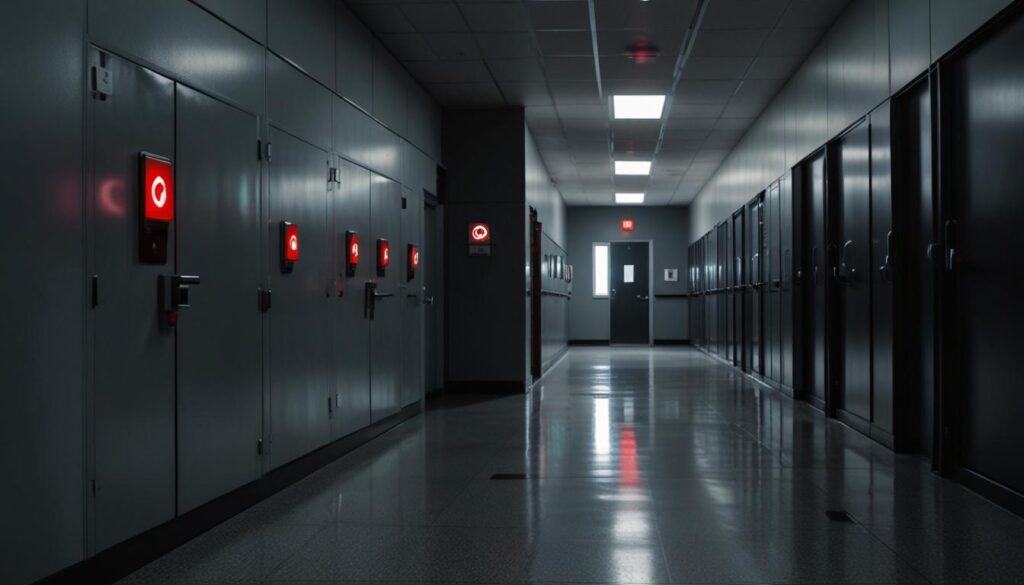In response to escalating incidents of school shootings, educational institutions in the United States are turning to artificial intelligence and technology for enhanced campus security. While AI systems offer promising innovations like detecting weapons and identifying threats, challenges such as false alarms and high costs need to be addressed for effective implementation.
Rising AI Adoption in Schools Amid School Shooting Concerns
On May 24, 2022, an 18-year-old gunman, Salvador Ramos, entered Robb Elementary School in Uvalde, Texas, through an unlocked door, resulting in the deaths of two teachers and 19 children. This tragic event is one of many that has prompted schools across the United States to seek advanced security measures.
Since the start of the 2023-24 school year, at least 300 incidents involving firearms have occurred on K-12 campuses. The frequency of school shootings has escalated drastically over the past decade, growing from 34 in 2013 to 348 in 2023.
In response to this crisis, schools are increasingly investing in artificial intelligence (AI) and other technology to improve campus security. AI applications like computer vision and pattern analysis can monitor security cameras, detect weapons, identify the sound of gunshots, and flag potential threats. These systems can automate responses by locking doors, calling 911, and sending alerts.
However, the effectiveness of AI in these security roles is mixed. AI models offer probabilistic, not definitive, answers, which can lead to false alarms or missed detections. For example, in Clute, Texas, an AI system mistook a shadow for a gun, leading to a lockdown and a police response. Challenges such as poor-quality images and the inherent probabilities in AI models complicate the reliance on this technology for life-or-death decisions.
Moreover, the implementation of AI in school security is costly, with significant investments needed in physical equipment and staff. Schools must carefully select security solutions that are specifically designed for educational environments, as opposed to retrofitting technology meant for other types of venues.
Despite these challenges, the goal remains to employ AI to create safer, frictionless, and more open campus environments. For AI to be truly effective in schools, it must evolve to address specific security challenges, such as students carrying firearms in their backpacks. Advanced sensors and AI systems tailored to these unique needs are essential for mitigating violence while maintaining the educational focus of school environments.










